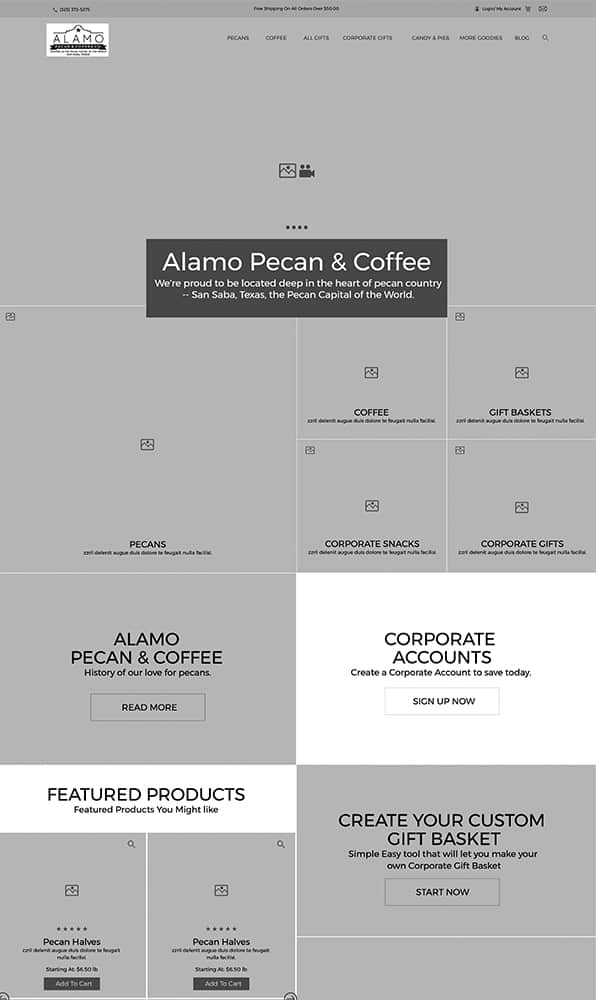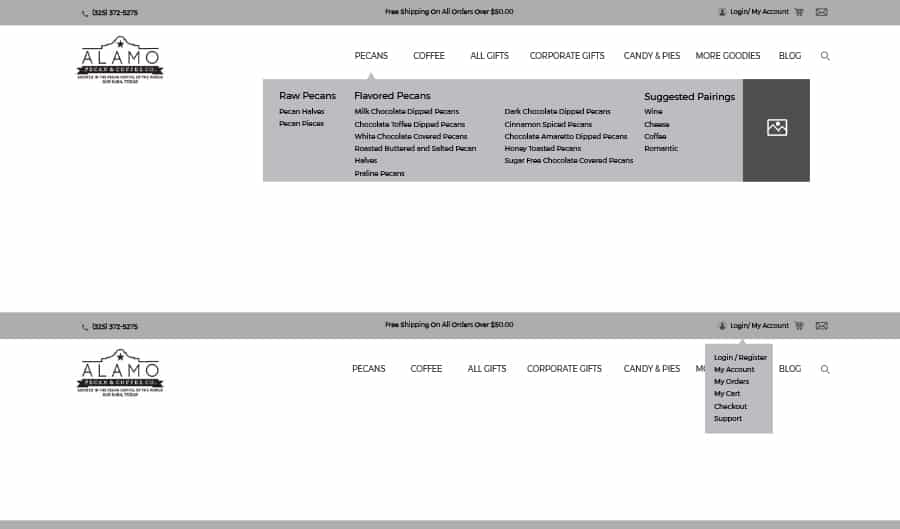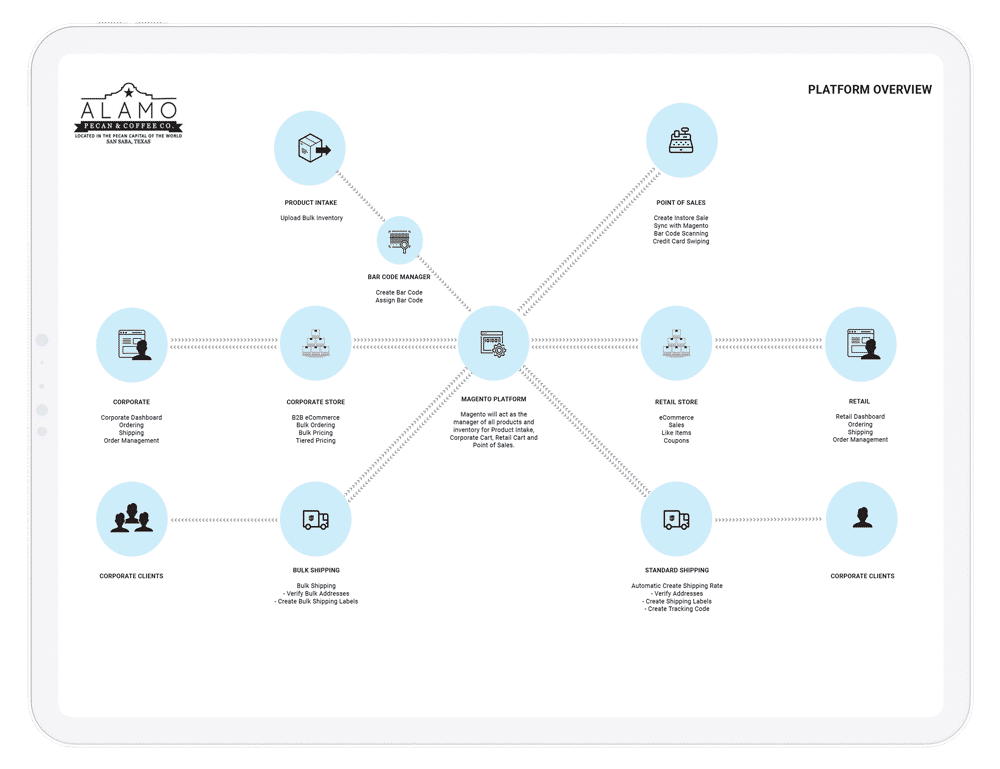Data Architecture
Once the wireframes are approved, Living Proof Creative’s data architects use them to build visual representations of the product’s infrastructure, features, and hierarchy. Data architecture serves as a foundation of a solid user experience design, which makes this step essential.
Visual UI Design
Designers at Living Proof Creative employ decades of combined expertise to deliver engaging, intelligently laid out and responsive user interface design aimed to ensure brand loyalty, increase the website’s conversion rates, and boost KPIs.
Usability
Usability testing aims to examine how the client’s new website, app, or platform will perform once it goes live. The purpose of this phase is to ensure that the end-product will be responsive and accessible, in addition to delivering consistent user experiences. Test users are invited to complete specific tasks and provide feedback to the development team.
Prototyping
Prototyping builds on previous steps and provides a slightly more refined yet still unpolished version of the end-product. The purpose of prototyping is to test the flow of a design solution and gather feedback on it before constructing the final product – both from internal and external parties.





